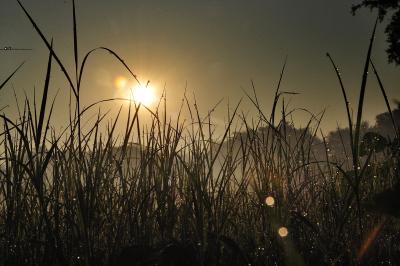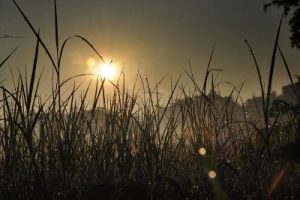
New Delhi, Feb 20 (IANS) The longest continuous observations of the sun taken from the Kodaikanal Solar Observatory (KoSO) — one of the oldest astronomical observatories — have been digitised and made available for community use.
The digitised record of solar observations over more than 100 years taken on photographic plates and films can help scientists around the world strengthen their studies of solar variability and its impact on climate, spanning it over a longer time scale.
According to the Ministry of Science and Technology, understanding the future of the sun is crucial for our existence in the times that lie ahead.
In this sense, observations of the sun corresponding to the last century allow us to peek into the past. These historical observations can enable us to understand the behaviour of our nearest star in its earlier phase, and based on that, we can predict its future. Understanding the fate of the sun will shape our plans for space exploration, as the Sun is the driver for our space weather conditions.
Crucial sunspot data from KoSO, a field station of the Indian Institute of Astrophysics (IIA), Bengaluru, was usable for scientific analysis for the period of 1921-2011 due to some significant issues in the data.
Researchers from two autonomous institutes under the Department of Science and Technology including Aryabhatta Research Institute of Observational Sciences, Nainital, and Indian Institute of Astrophysics, Bangalore, led by Bibhuti Kumar Jha, have solved these issues in the data and made one of the most homogeneous and extended sunspot data series for around 115 years (1904-2017). The new results have been published in the recent article in the journal Frontiers in Astronomy and Space Sciences.
The data is available as open data that can benefit students and scientists across the world. This data will be a vital asset for the solar community for understanding the behaviour of the Sun in the past, over more than a century, and predicting the future of our life-giving star.
“Apart from pictures of the Sun taken in white light from the same telescope and also those of Ca-K spectra from the chromosphere plasma, we are also digitising daily hand-drawn pictures of sun spots over a period of 100 years which have been preserved at the KoSO. Artificial Intelligence will be used to extract data from hand-drawn pictures and the photographs. This will form a set of one of the oldest, rare, continuous solar data that will be useful to researchers from different corners of the world,” said Dipankar Banerjee, Director of Aries and one of the authors of the paper.
IANS
KVM










